Bagged vs bagless vacuums – which type is best for your home?
I'm a vacuum tester, and here's how to tell whether a bagged or bagless vacuum is right for your home and cleaning style
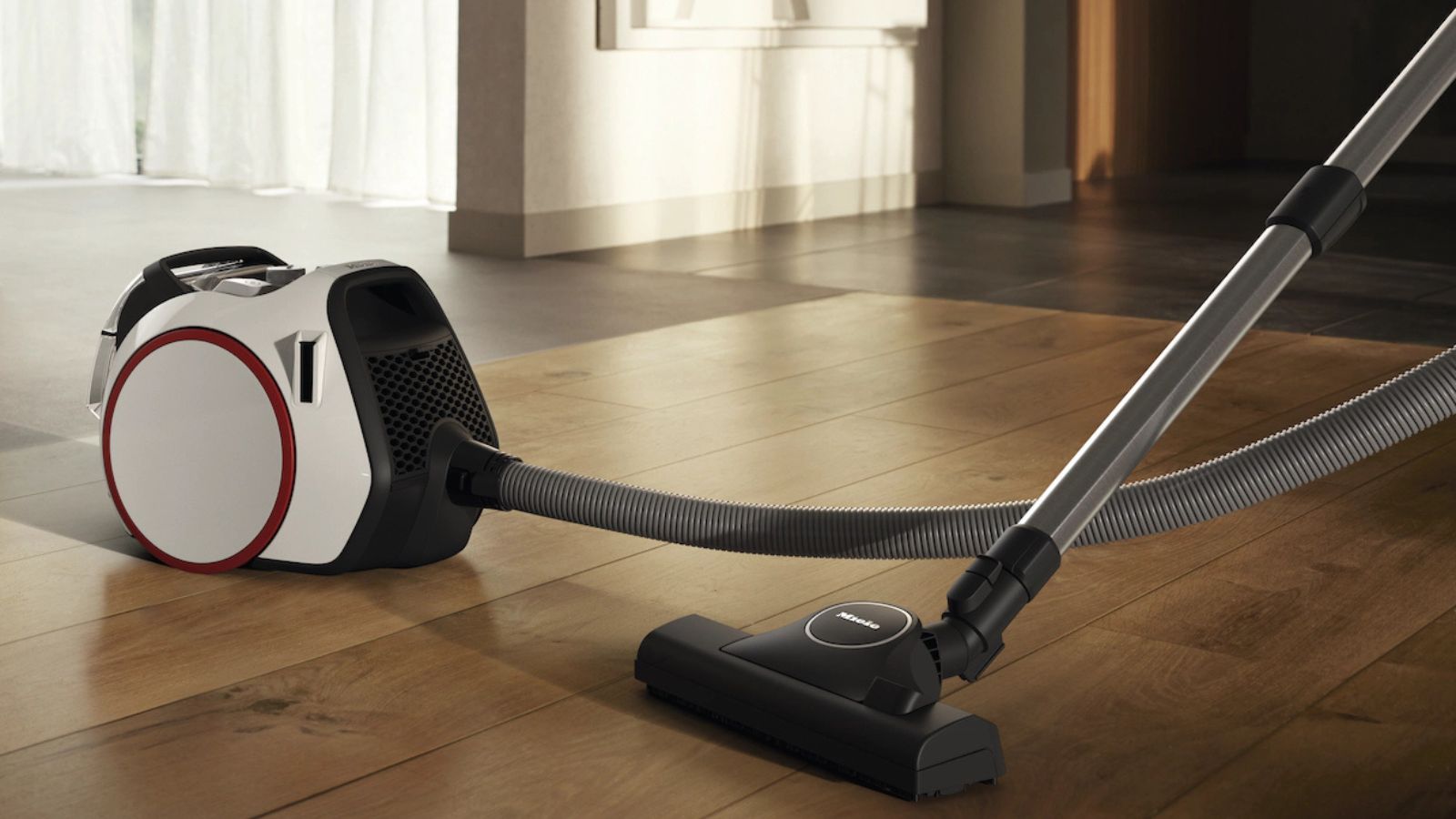
The first bagless vacuum was designed by James Dyson, paving the way for what is now the most popular type. But does that mean they're necessarily better than the original bagged vacuum that was invented in the early 1900s?
The difference between bagged and bagless vacuum cleaners is down to how they're emptied. Bagged vacuums use sealed bags that you dispose of when full, while bagless vacuums have a reusable dustbin that you empty each time it fills up.
But this creates other differences both in how the vacuums work and how they're used. As Homes & Gardens' home tech editor, I write about and review the best vacuums on a daily basis. Find out whether bagged or bagless vacuums are right for you in this comprehensive guide, with some advice from appliance pros.
Bagged vs bagless vacuum cleaners
Benefits of bagged vacuums
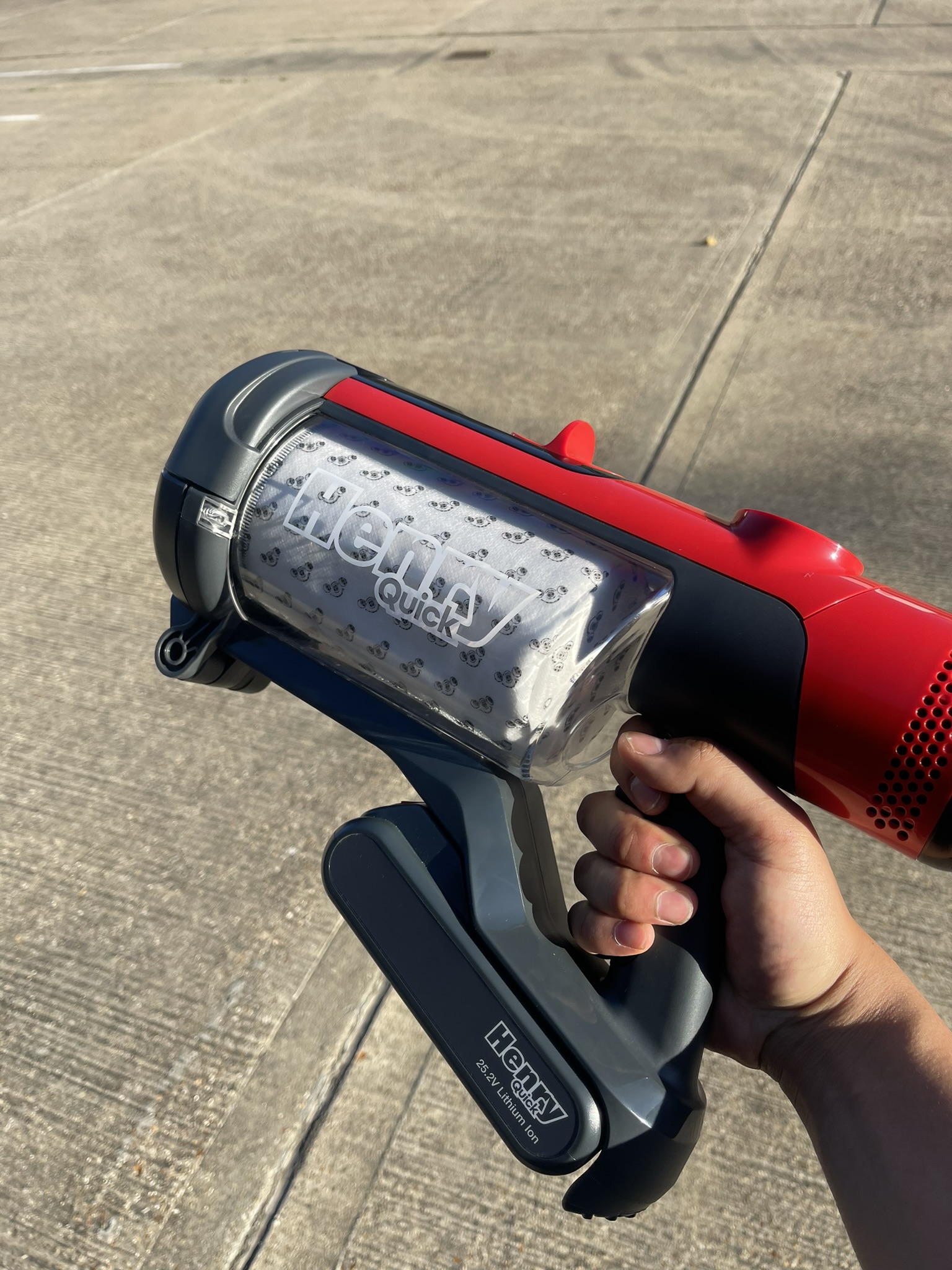
The Henry Quick is one of the only cordless vacuum cleaners that uses a dust bag
The big benefit of bagged vacuums is how little mess you're coming into contact with. Disposing of a fully sealed vacuum bag once it's full is almost completely dust-free, which is why they're often the best vacuums for allergies. When emptying dust, dander and pollen with a bagless vacuum it can easily recirculate into your home, or at least disperse into the air if emptying it outside, directly exposing you to the common allergens in your home.
'Emptying them can release a cloud of fine dust back into the air, which can be problematic for allergy sufferers,' shares Falls Shu, home appliance expert and CME at Nuwave.
A vacuum bag's tight seal also effectively adds another layer of filtration. Many bagged models like the best Miele vacuums have the same pre-motor and post-motor filters as a bagless vacuum does, with the vacuum bag acting as an additional filter. Some even have activated charcoal to better deal with gases and odors.
'While bagged vacuums use the bag as a primary filter, many still have additional filtration layers, such as HEPA filters, to trap microscopic particles. These extra filters ensure that the air expelled from the vacuum is as clean as possible,' says Falls.
Also, a common reason why your bagless vacuum cleaner loses suction power is due to the dustbin filling up, but you won't find this problem in most bagged vacuums. 'The performance of a bagged vacuum is not affected as the bag fills up, but the same cannot be said for the bagless vacuum. As the filter of a bagless machine gathers more dust and gets dirty, the suction power is lowered,' shares Brian Johnson, appliance expert at MyJobQuote.
It's also a more hands-off option. Vacuum bags are typically a lot more spacious than dustbins, so you won't find yourself having to go through the task of disposing of them as often as you'll be emptying a dustbin. This is especially true for the best cordless vacuums and their tiny dustbins that you can find yourself emptying multiple times during a cleaning session.
Bagless vacuums require you to clean the vacuum filter regularly, too, and replace them once their lifespan is up (typically once a year). Bagged vacuums demand much less admin in comparison, with the only task being to get rid of the bag once it's full every few weeks.
Benefits of bagless vacuums
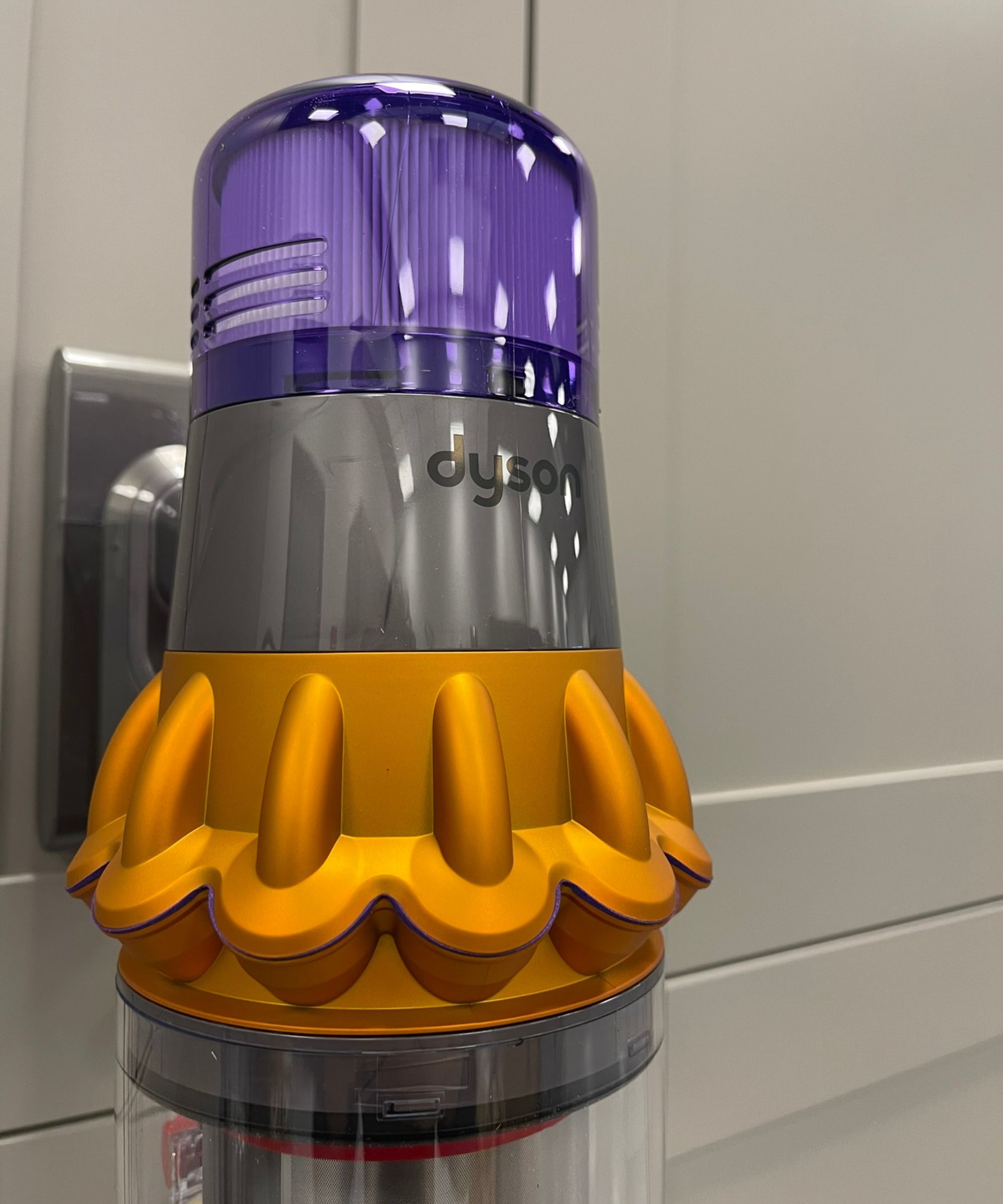
Bagless vacuums don't demand recurring bag costs
Two of the main advantages of bagless vacuums is their lesser environmental impact and lack of recurring costs. Most vacuum bags end up in landfill, which isn't cleaning sustainably at all. There are a few more eco-conscious bags available, like the Miele HyClean Pure that's made of 80% recycled materials, but it's still a greater contribution to our planet's waste than no bag at all.
It is worth noting however that an environmentally friendly vacuum cleaner is one that lasts a long time. Vacuums start to deteriorate when the dust and dirt start to wear down the internal parts, but a bagged vacuum sucks dust straight into the bag, unlike a bagless vacuum where dust regularly comes into contact with the filter. Replacement filters also contribute to landfill, even if they're not disposed of as frequently.
But many bagless vacuums like the Dyson V15 Detect have washable lifetime filters, so the impact on the environment is minimal as long as you take good care of the vacuum to make it last longer.
The lower costs shouldn't be ignored, either. Not having to buy vacuum bags regularly will save a great deal of money and time, and your vacuum will always be ready to use when you need it without having to swap anything over.
'Plus, the transparency of a bagless canister is satisfying for many people. It’s oddly gratifying to see how much dirt you’ve pulled from your carpets,' says Falls. It can also be pretty useful, as you can tell exactly what's been vacuumed and what hasn't, and it's a great indicator of whether you're vacuuming pet hair properly (as we explore in our how to vacuum pet hair guide).
While it's true that you'll empty a bagless vacuum more often, the process is incredibly quick and effortless, unlike swapping a vacuum bag which can be a tricky experience.
Bagged vs bagless vacuums: Which should you buy?
Bagged vacuums are best for allergy sufferers, pet owners, those who prioritize hygiene and healthy air quality, and anybody looking for less admin as they go about their cleaning.
Bagless vacuums are best for lower running costs, better environmental impact, easier emptying, being able to see what you vacuum and the convenience of never running out of bags.
Personally, I'll always choose a bagless vacuum. The best bagless vacuums have whole-machine filtration that's just as effective as a vacuum bag, and it's great knowing that each clean isn't contributing to more landfill.
FAQs
Why are bagless vacuums so popular?
Cost savings over time, more convenient vacuum emptying and a healthier environmental impact make bagless vacuums the popular choice these days. They also come in all shapes and sizes, from cordless vacuums to the best uprights to even robot vacuums.
Are bagged vacuums obsolete?
No, bagged vacuums are not obsolete. They might not be sold as widely as they used to, but bagged vacuums still offer great benefits compared to their bagless counterparts. The convenience-focused minds of current shoppers have paved the way for bagless vacuums to become the popular choice.
Next, brush up on how to choose a vacuum cleaner to find the right one for your home.
Sign up to the Homes & Gardens newsletter
Design expertise in your inbox – from inspiring decorating ideas and beautiful celebrity homes to practical gardening advice and shopping round-ups.

Dan is the Home Tech Editor for Homes & Gardens, covering all things cleaning, smart home, sound and air treatment across the Solved section. Having worked for Future PLC since July 2023, Dan was previously the Features Editor for Top Ten Reviews and looked after the wide variety of home and outdoor content across the site, but their writing about homes, gardens, tech and products started back in 2021 on brands like BBC Science Focus, YourHomeStyle and Gardens Illustrated.
They have spent more than 200 hours testing and reviewing vacuums for Homes & Gardens, and have even visited Dyson's engineering labs for the full low-down of the ins and outs of our trusty cleaners.
Dan has a BA in Philosophy and an MA in Magazine Journalism. Outside of work, you'll find them at gigs and art galleries, cycling somewhere scenic, or cooking up something good in the kitchen.
You must confirm your public display name before commenting
Please logout and then login again, you will then be prompted to enter your display name.
-
 Bethenny Frankel calls this $695 machine the 'Rolls-Royce Cullinan of coffee' – it's a must-have luxury buy for iced-coffee lovers this springtime
Bethenny Frankel calls this $695 machine the 'Rolls-Royce Cullinan of coffee' – it's a must-have luxury buy for iced-coffee lovers this springtimeThe Real Housewife swears by a luxurious machine that makes nitro cold brew, cold brew, and cold espresso at the touch of a button – here's why it's worth it
By Sophie Edwards Published
-
 The long-awaited ALDI $40 raised bed garden planter is finally back, and it is perfect for small gardens and apartments
The long-awaited ALDI $40 raised bed garden planter is finally back, and it is perfect for small gardens and apartmentsThis highly-rated wooden planter sells out every year, so be fast
By Jennifer Ebert Published
-
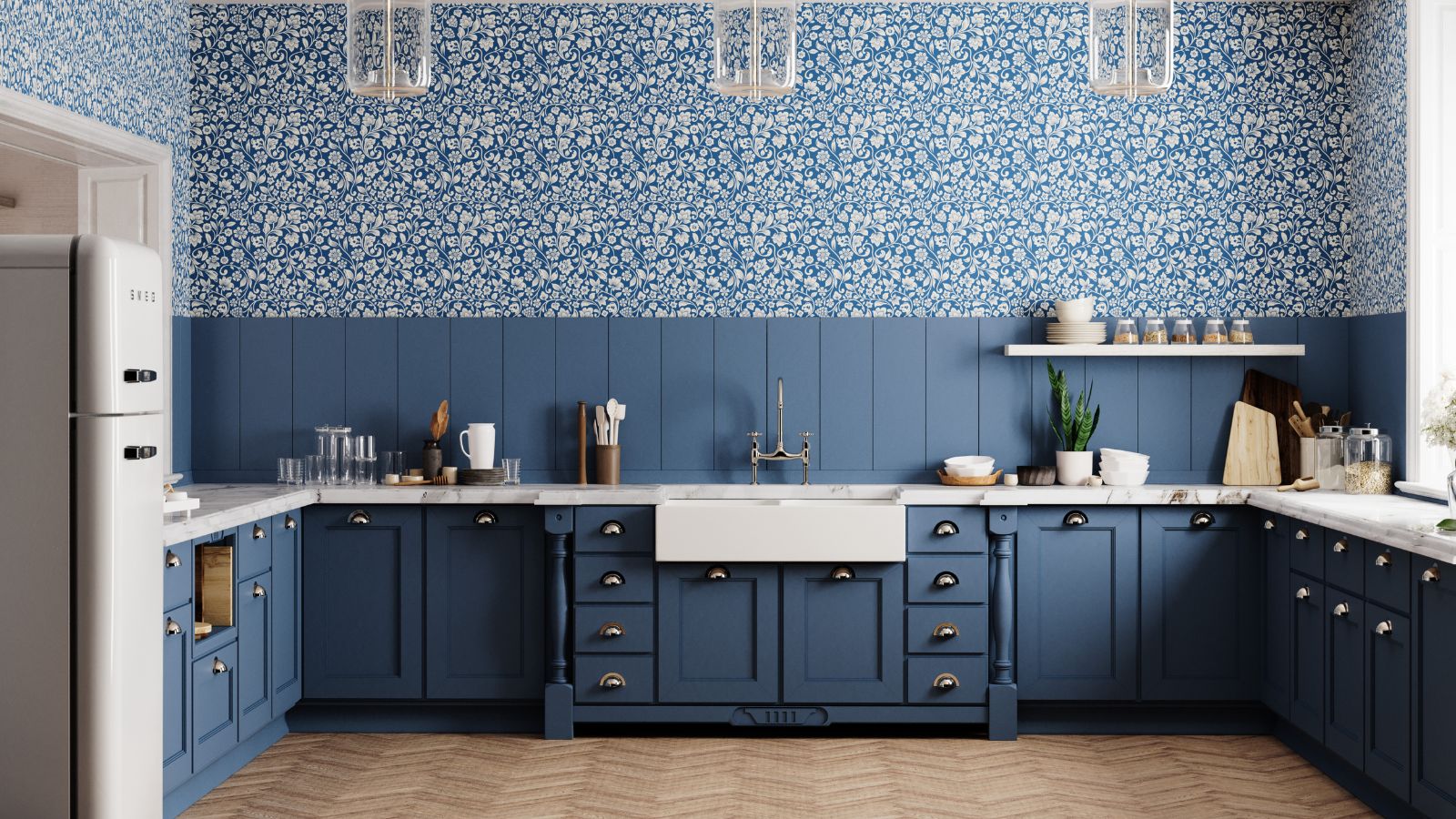 Do cleaning products expire? Professional cleaners warn time could make them ‘less effective, and in some cases, irritating to use’
Do cleaning products expire? Professional cleaners warn time could make them ‘less effective, and in some cases, irritating to use’For the best results, it pays to stay on top of the timeline of your cleaning products
By Chiana Dickson Published
-
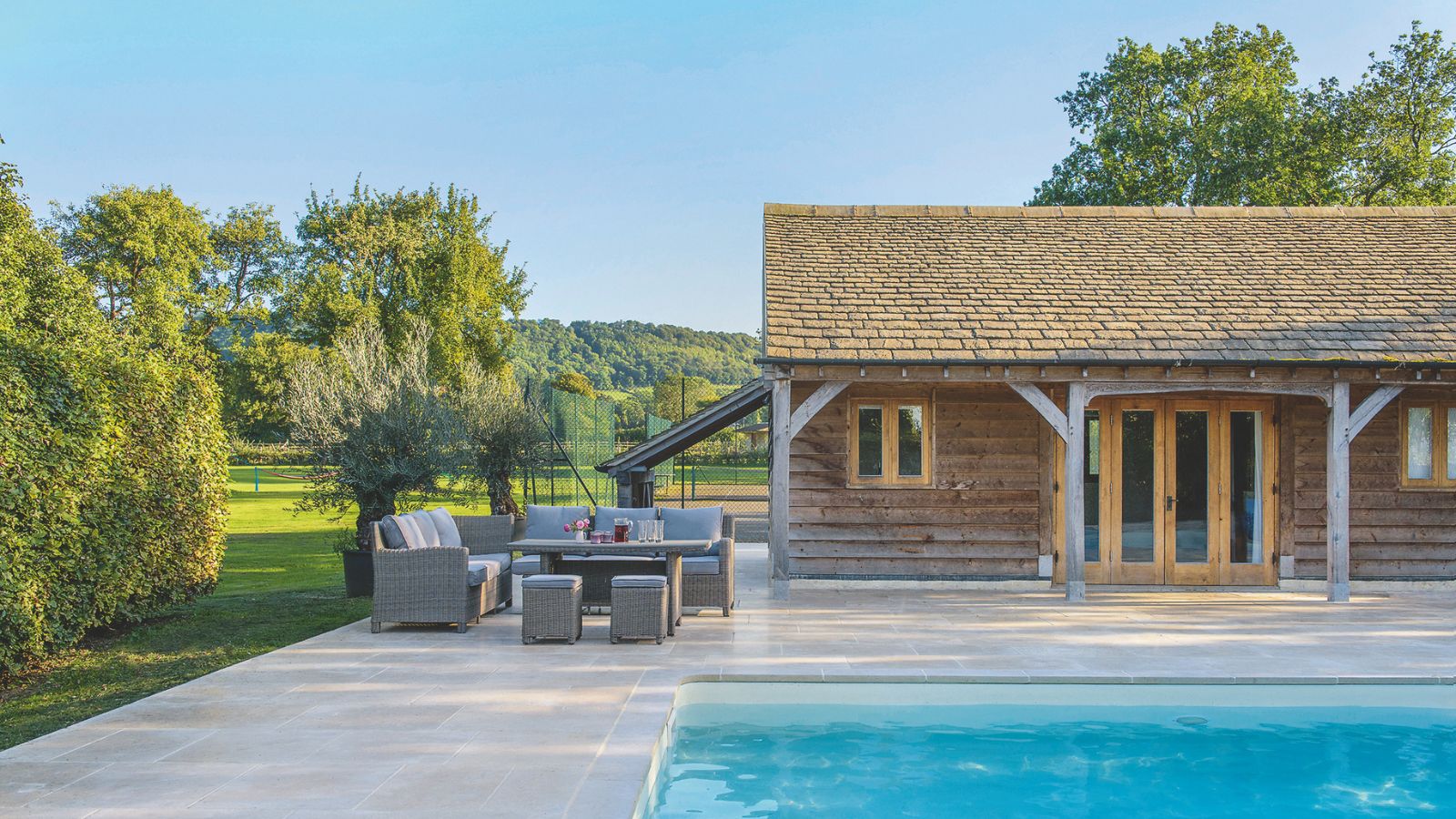 How to clean a patio – 6 different methods, and when you must use a chemical cleaning agent
How to clean a patio – 6 different methods, and when you must use a chemical cleaning agentFrom manual scrubbing, natural solutions or calling in the pros, industry experts reveal the benefits and considerations of each method
By Andy van Terheyden Published
-
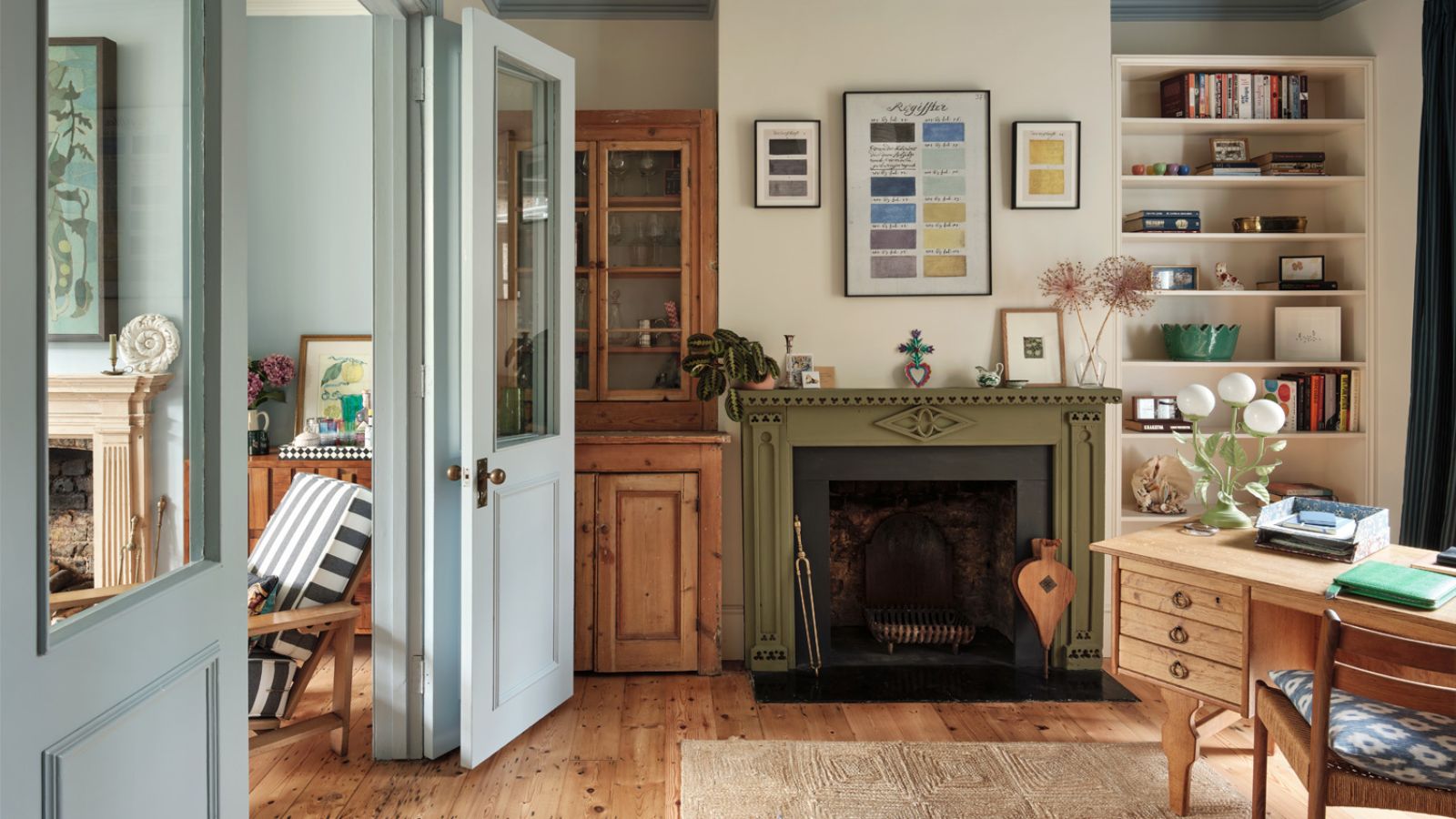 5 surprising but brilliant ways to clean with old socks – from perfectly buffing stainless steel to deterring pests naturally and more
5 surprising but brilliant ways to clean with old socks – from perfectly buffing stainless steel to deterring pests naturally and moreTackle dust in tricky corners, clean your mirrors and even banish bad odors with those rogue single socks
By Andy van Terheyden Published
-
 5 things people with clean upholstery always do – simple, quick and oh-so-effective
5 things people with clean upholstery always do – simple, quick and oh-so-effectiveEnsure your furnishing looks clean year-round with these expert tips
By Seraphina Di Mizzurati Published
-
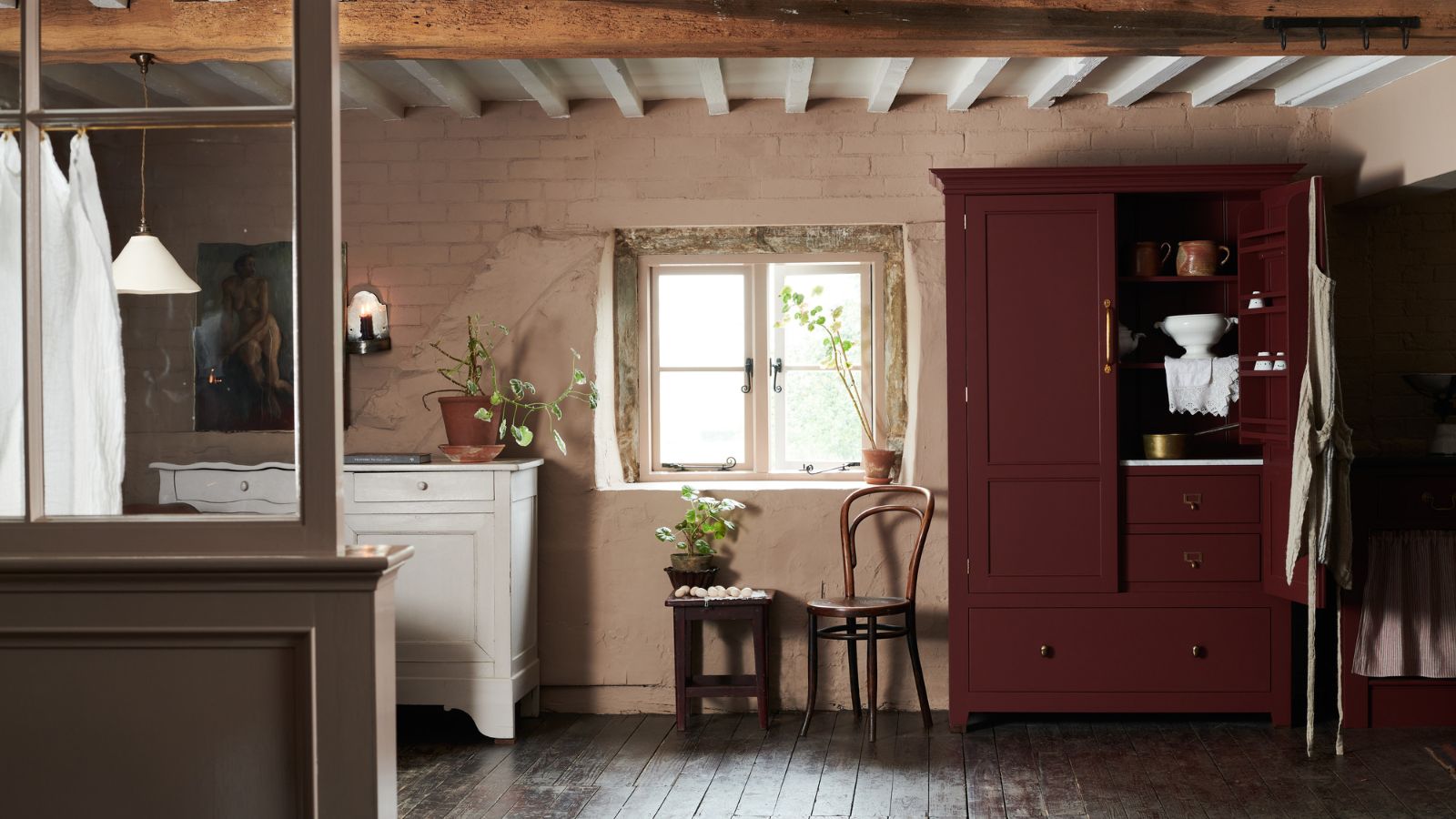 'Wick away the ick' – 6 things people with clean laundry rooms always do to make this hardworking space shine
'Wick away the ick' – 6 things people with clean laundry rooms always do to make this hardworking space shineThese tips on how to clean your laundry room will banish grime
By Seraphina Di Mizzurati Published
-
 How safe are carpet deodorizers? As a seasoned vacuum tester, I urge you to try alternative methods
How safe are carpet deodorizers? As a seasoned vacuum tester, I urge you to try alternative methodsNatural cleaning is always the answer
By Dan Fauzi Published
-
 'The world will not end' – 5 cleaning habits to quit for a happier, easier life, and what to do instead
'The world will not end' – 5 cleaning habits to quit for a happier, easier life, and what to do insteadGet your home sparkling, minus the stress
By Ciéra Cree Published
-
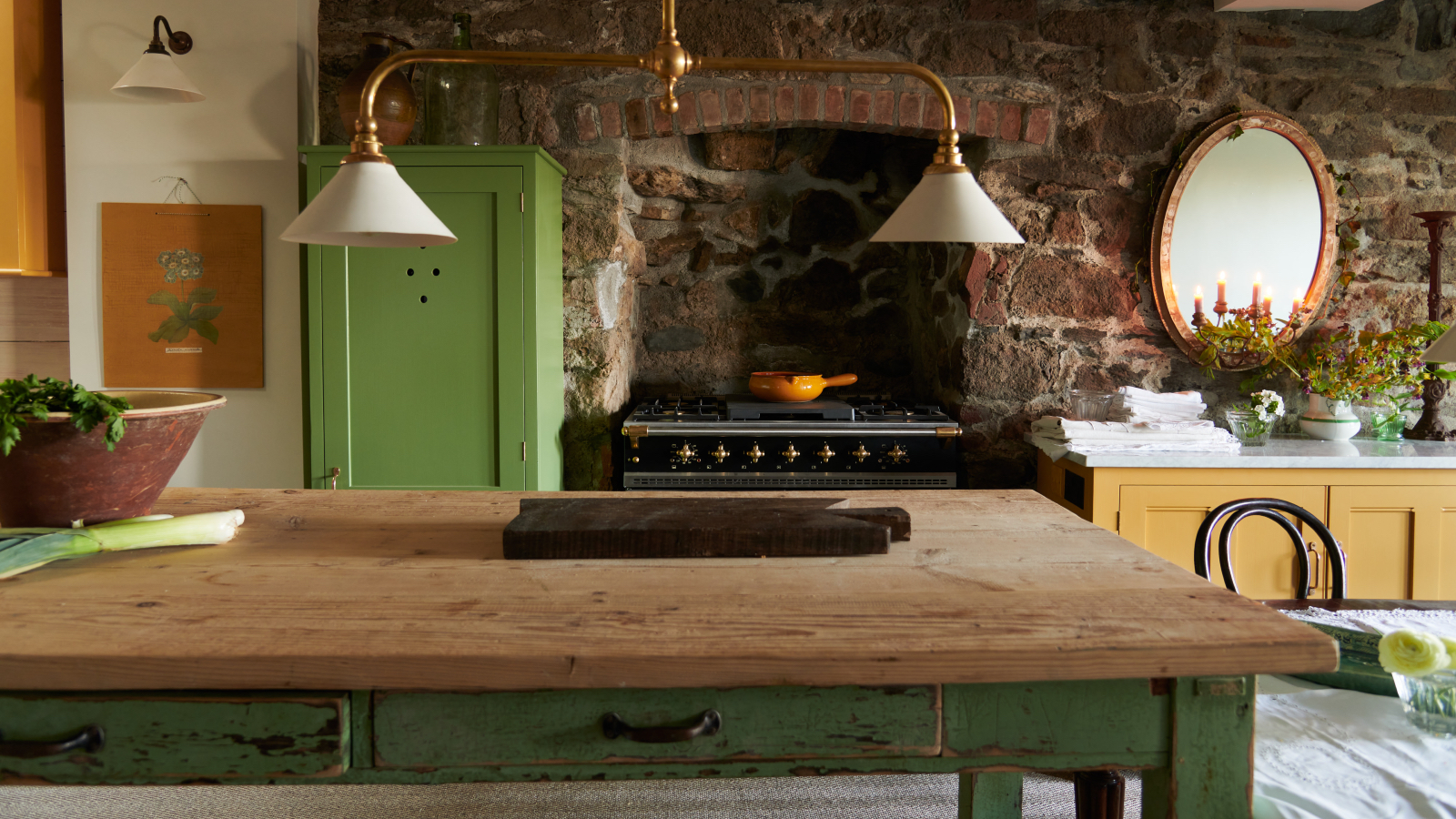 9 things you can clean with glycerin – this cheap and natural cleaner is perfect for indoor and outdoor use
9 things you can clean with glycerin – this cheap and natural cleaner is perfect for indoor and outdoor useFrom patio furniture to silverware, this hydrating and gentle cleaning agent will work miracles
By Ciéra Cree Published